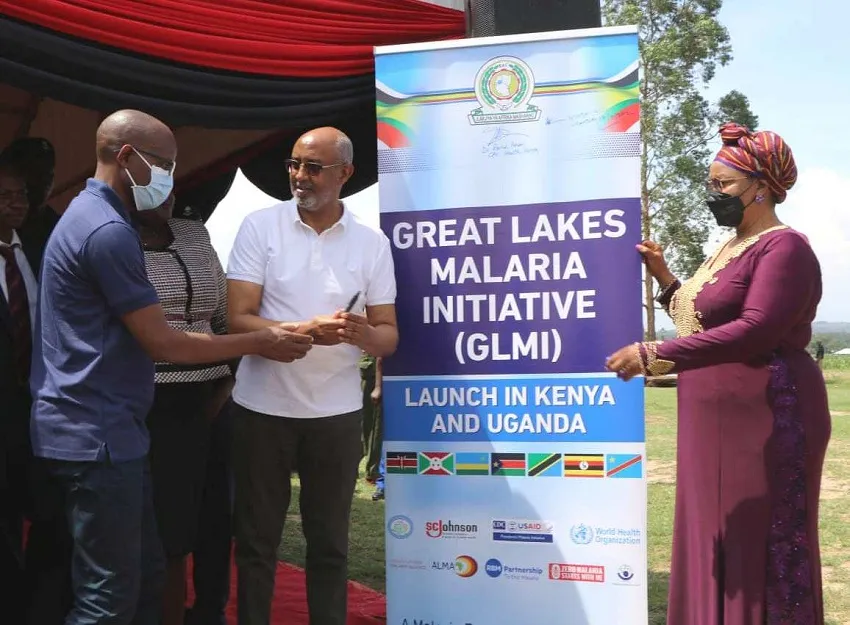The effect of bi-annual community-directed treatment with ivermectin on the incidence of epilepsy in onchocerciasis endemic villages in South Sudan: a study protocol
Saturday, 15 December, 2018
Nodding syndrome (NS) is a devastating epileptic illness of unknown aetiology mainly affecting children 5–15 years of age. Head nodding distinguishes NS from other forms of epilepsy. Other manifestations of the illness include mental and physical growth retardation. Many children die as a result of falling in fires or drowning. Recently, it was shown that NS is only one of the phenotypic presentations of onchocerciasis associated epilepsy (OAE). Despite the strong epidemiological association between epilepsy and onchocerciasis, the causal mechanism is unknown. After implementation of bi-annual community directed treatment with ivermectin (CDTi) and larviciding of rivers in northern Uganda, new cases of NS have ceased, while new cases continue to emerge in South Sudanese onchocerciasis-endemic areas with an interrupted CDTi programme. This study is designed to evaluate the potential effects of bi-annual CDTi on reducing the incidence of NS/OAE in onchocerciasis-endemic areas in South Sudan.
Abd-Elfarag G, Logora MY, Carter JY, Ojok M, Songok J, Menon S, Wit F, Lako R, Colebunders R. The effect of bi-annual community-directed treatment with ivermectin on the incidence of epilepsy in onchocerciasis endemic villages in South Sudan: a study protocol. 2018. Infectious Diseases of Poverty. 7:112. https://doi.org/10.1186/s40249-018-0496-2







